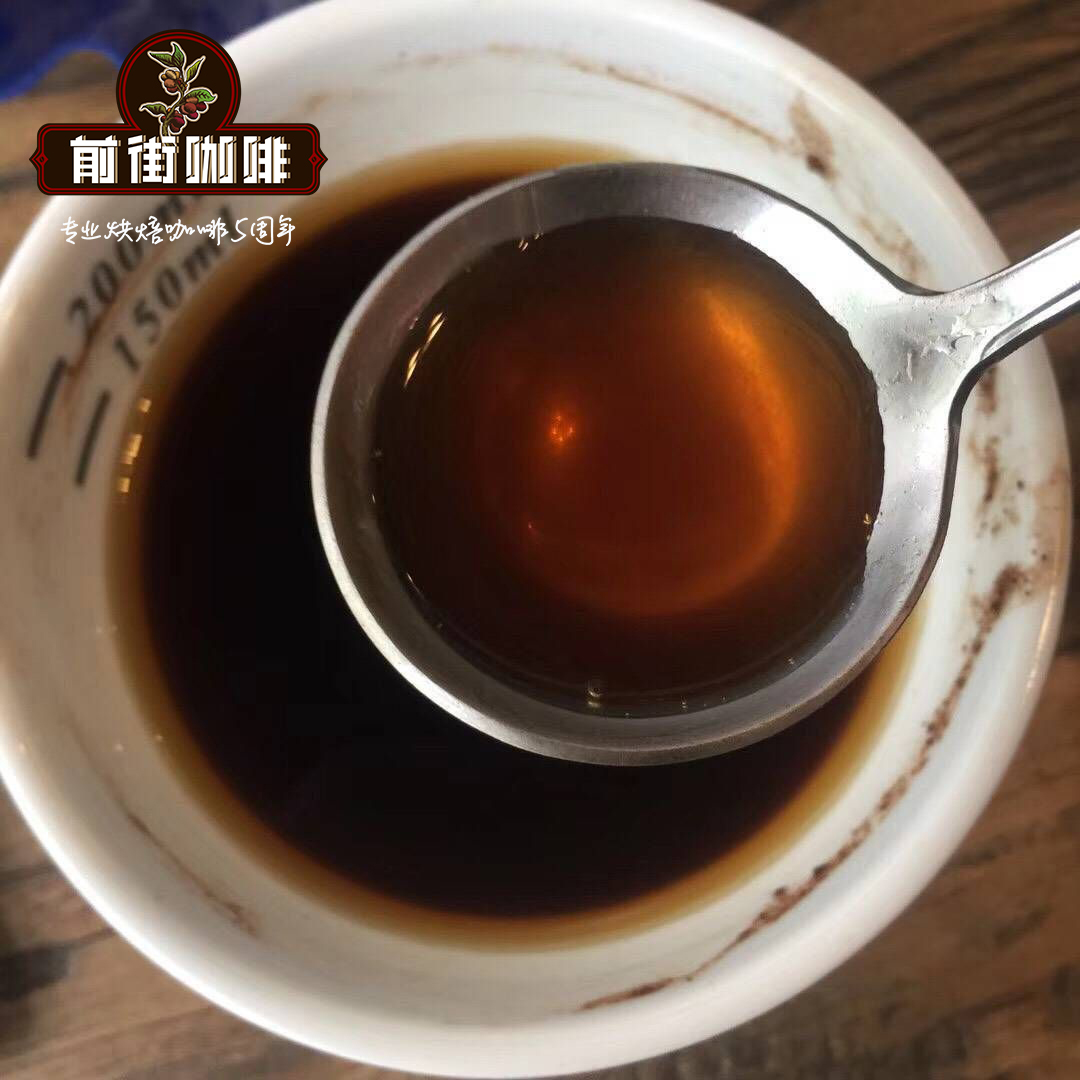Hawaiian Coffee History Hawaiian Coffee Location Hawaiian Coffee How to drink it correctly

Professional coffee knowledge exchange more coffee bean information please follow the coffee workshop (Wechat official account cafe_style)
History.
Coffee trees came to Hawaii in various ways in the early 19th century. One way is in 1825. The British ship H.M.S. Blonde brought in coffee trees from Brazil. The trees were planted on Oahu and then spread to other islands. The first real coffee plantation is on the north shore of Kauai. As coffee plantations booming in Hawaii in the 19th century gave way to the 20th century, the future of Hawaiian coffee is uncertain. The sugar tariff was abolished on the mainland in 1900. Soon, coffee plantations were replaced by sugar cane fields.
But in the 1960s and 1970s, coffee became a delicacy again, and people were willing to pay more for unique coffee. As a result, the coffee plantation came back to life. A hundred years later, coffee life in Hawaii is back to square one. There are now more than 7000 acres of land that produces about 7 million pounds of green coffee a year. Hawaii Coffee is still one of the most expensive and relative coffee in the world, just like Jamaica's Blue Mountain Coffee (JMB).
Geographical location
First of all, a brief introduction to the different islands of Hawaii. There are eight islands-Hawaii (known as the Big Island), Cahooravi, Lanai, Maui, Molokai, Oahu, Kauai and Nihao. Of these, coffee (usually Arabica coffee) actually grows in only five of the eight islands. This is a map, as well as a breakdown of islands, regions, species, and some descriptions of each:
END
Important Notice :
前街咖啡 FrontStreet Coffee has moved to new addredd:
FrontStreet Coffee Address: 315,Donghua East Road,GuangZhou
Tel:020 38364473
- Prev

Hawaiian Coffee Story introduces Hawaiian Coffee Flavor description is Hawaiian Coffee good
Professional coffee knowledge exchange more information about coffee beans please follow the coffee workshop (Wechat official account cafe_style) Hawaii coffee Hawaiian islands reminiscent of the scene of heaven. But that's not all. Coffee lovers also know that Hawaiian coffee is famous for its high praise, and its price is just as high. Hawaiian coffee is the only coffee grown in the United States (sorry, Puerto Rico is
- Next

Flona Coffee Story Introduction Flona Coffee Name Source Flona Coffee Story Behind
Professional coffee knowledge exchange More coffee bean information Please pay attention to Coffee Workshop (Weixin Official Accounts cafe_style) Verona Coffee: A Cup of True Love Coffee Starbucks Verona Coffee: True Love Coffee This is a cup of coffee with one true love and three names. Starbucks designed Caffe Verona? for a Seattle restaurant. Coffee and a delicious chocolate cake for dessert. 1975
Related
- Beginners will see the "Coffee pull flower" guide!
- What is the difference between ice blog purified milk and ordinary milk coffee?
- Why is the Philippines the largest producer of crops in Liberia?
- For coffee extraction, should the fine powder be retained?
- How does extracted espresso fill pressed powder? How much strength does it take to press the powder?
- How to make jasmine cold extract coffee? Is the jasmine + latte good?
- Will this little toy really make the coffee taste better? How does Lily Drip affect coffee extraction?
- Will the action of slapping the filter cup also affect coffee extraction?
- What's the difference between powder-to-water ratio and powder-to-liquid ratio?
- What is the Ethiopian local species? What does it have to do with Heirloom native species?

